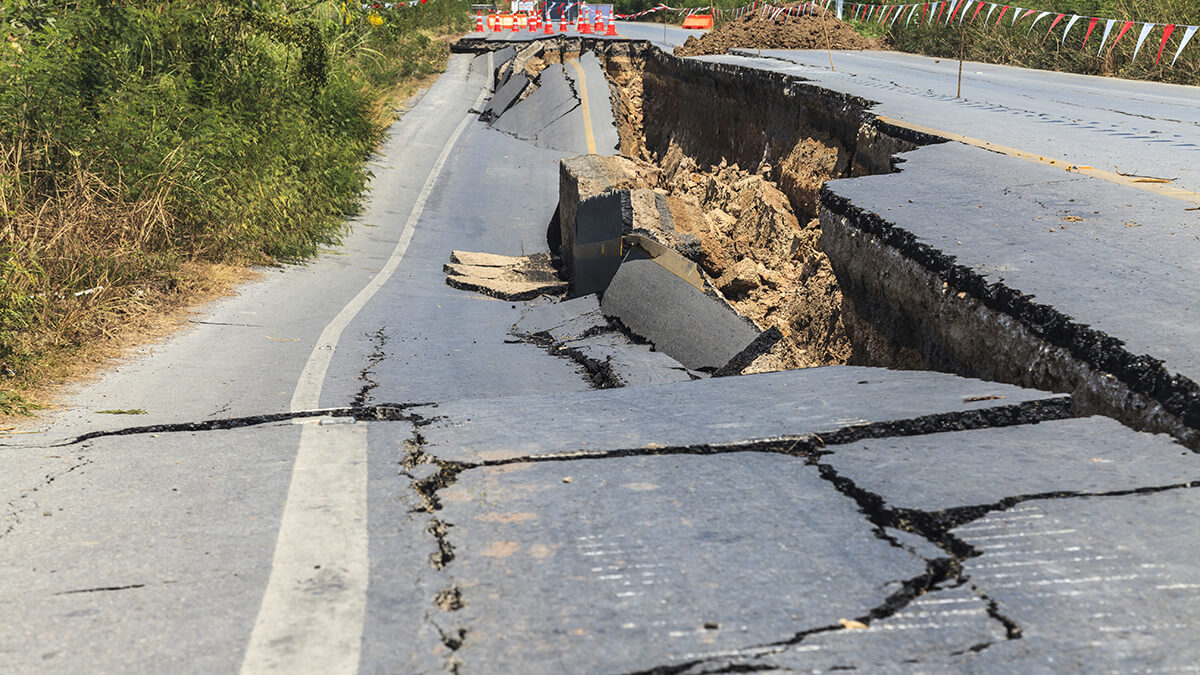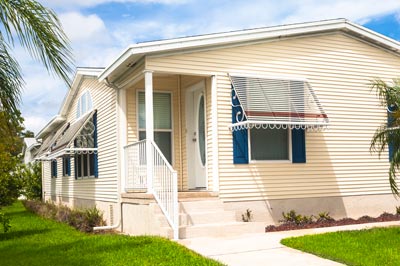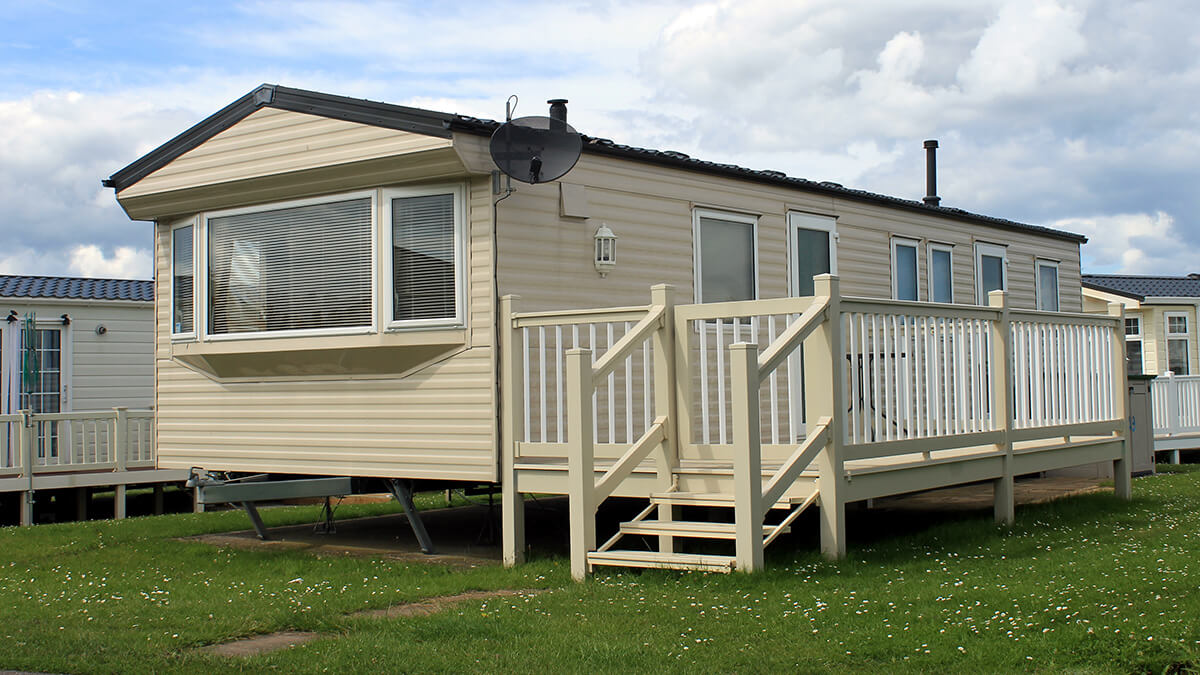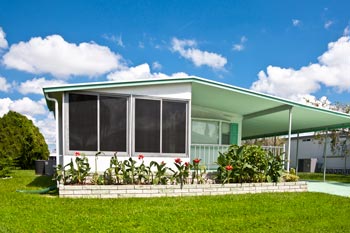Earthquake safety: Before, during and after

Earthquakes are natural disasters that come without much warning-if any! According to the California Integrated Seismic Network, warning times can be anywhere from a few minutes to just seconds. Although they can happen anywhere, National Geographic has found that these states have the highest risk:
- Alaska
- Arkansas
- California
- Hawaii
- Idaho
- Illinois
- Kentucky
- Missouri
- Montana
- Nevada
- Oregon
- South Carolina
- Tennessee
- Utah
- Washington
- Wyoming
Earthquakes vary in magnitude, but can cause fires, damaged roads, collapsed buildings, tsunamis, landslides, avalanches and serious injuries. Even if you don't live in a high risk area, you should still be prepared for any natural disaster.
Before
In high risk areas, there are measures you can take to prepare your home and family for earthquakes. Have a professional come out and make necessary structural or foundational improvements. Make sure there are no problems with your water pipes, gas or electrical service. And double-check that you know how to turn off the gas and water mains.
Place heavy objects and breakable items on lower shelves. Secure furniture to the floor; lock or remove the furniture wheels on items that have them. Store flammable and chemical products securely in closed cabinets, and trim any loose or hazardous tree limbs.
Next, create an earthquake emergency plan. Practice dropping to the floor, taking cover and protecting your head and neck with your arms.
Create a supply kit with canned food, a first aid kit, gallons of water, dust masks, goggles, a battery operated radio, batteries, flashlights, a fire extinguisher, cash, medication and pet supplies (if needed). It's also a good idea to put your important documents in a safe box and keep your gas tank at least half full in case of an evacuation.
During
When an earthquake strikes, drop to your knees, find cover, protect your neck and head with your arms and hold on to something secure once the shaking begins. Stay away from unbolted furniture and windows. If you're in bed, put your face down and cover your neck and head with a pillow.
If you're in a high-rise building, don't use the elevators, and don't panic if the sprinklers and fire alarms activate. If you're in a vehicle, pull over and park. If you're outdoors, stay outside and away from buildings, trees, power lines and signs. For those in a wheelchairs or walkers with a seat, remain seated and try to cover your neck and head until the shaking stops.

After
Once the earthquake is over, check to see if anyone around you is hurt. Leave damaged buildings and go outside to avoid insecure structures.
If you are trapped, protect your mouth, nose and eyes from dust and debris. Call 911, and make loud noises or whistle to help rescuers find you.
While you're inspecting or cleaning your home, wear protective gear. Check thoroughly for hazards, shut off the water if there are broken pipes, turn off the electricity if there are wires sparking and shut off the gas if you notice it leaking. If your home seems unsafe, leave your house immediately and seek help.
Afterwards, continue to listen to the news or receive cellphone alerts in case of tsunamis or other natural disasters.
Picking up the pieces after an earthquake is always difficult, but if you're proactive, you'll be more prepared for the unexpected. Stay safe out there everybody!


